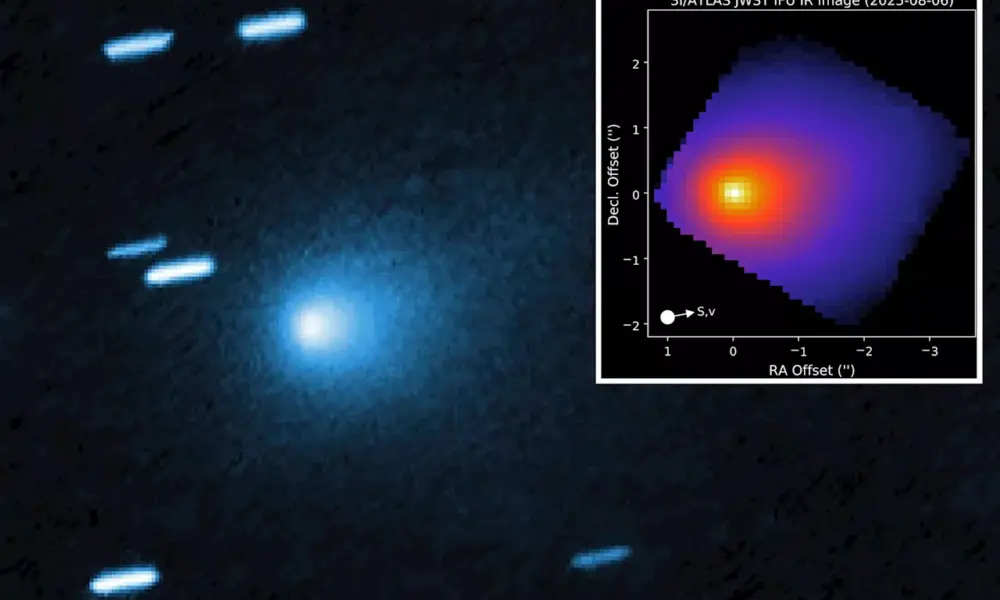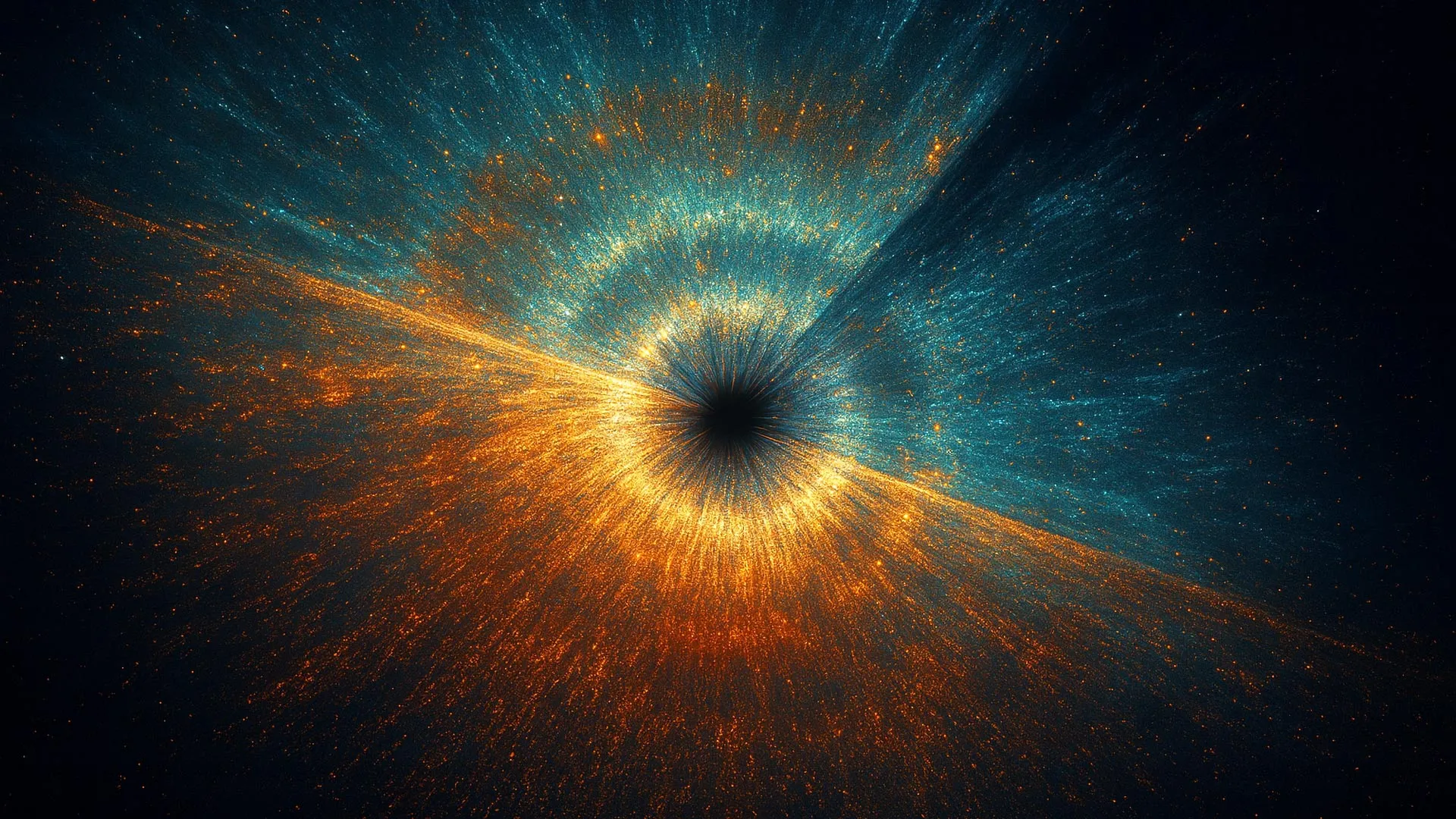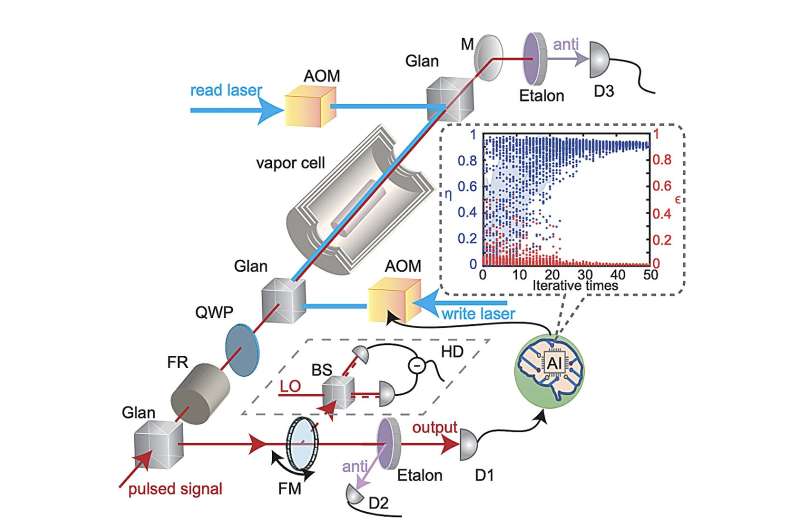A recent analysis of the interstellar object 3I/ATLAS has revealed it is emitting a metal alloy never before seen in nature. According to Harvard astrophysicist Dr. Avi Loeb, new images captured by the Keck II telescope in Hawaii show the object producing a plume containing four grams of nickel per second, with no evidence of iron. This discovery marks a significant anomaly, as such an emission is typically unheard of in cometary bodies.
The alloy identified is known as nickel tetracarbonyl, which has only been observed in industrial settings. “There is only one place where that is known to exist and that is in industrially produced nickel alloys,” Dr. Loeb stated. He emphasized that this process has never been documented in other celestial objects, making 3I/ATLAS a subject of intense scientific interest.
Unusual Characteristics of 3I/ATLAS
Another remarkable feature of 3I/ATLAS is its lack of a typical cometary tail. “We usually see beautiful tails extending from the object away from the Sun, and in this case, there was no evidence for such a tail,” Dr. Loeb explained. The Hubble Space Telescope imagery instead revealed a stream of materials directed toward the Sun, with a mass of approximately 330 pounds per second, primarily consisting of carbon dioxide and water, along with trace amounts of cyanide and nickel.
Dr. Loeb raised a critical question regarding the jet of material: “Why are we seeing a jet pointed at the Sun?” This unusual behavior adds to the intrigue surrounding 3I/ATLAS, as researchers continue to gather data to understand its unique properties.
While astronomers await the release of images captured by the Mars Reconnaissance Orbiter between October 4 and 7, 2025, progress has been hindered by a government shutdown affecting NASA’s communications department. Dr. Loeb expressed frustration over the delay, stating, “Who cares about the communication departments? We want to see the data from the scientists.” The upcoming images are expected to provide the closest views yet of 3I/ATLAS as it traverses our inner Solar System.
As the scientific community eagerly anticipates more findings, the extraordinary characteristics of 3I/ATLAS highlight the potential for unprecedented discoveries in our understanding of interstellar objects. This ongoing research is poised to offer crucial insights into the nature of materials present beyond our solar system, potentially reshaping our understanding of planetary formation and the building blocks of life.







